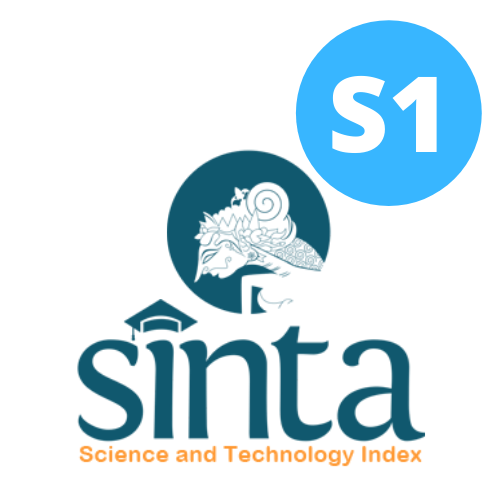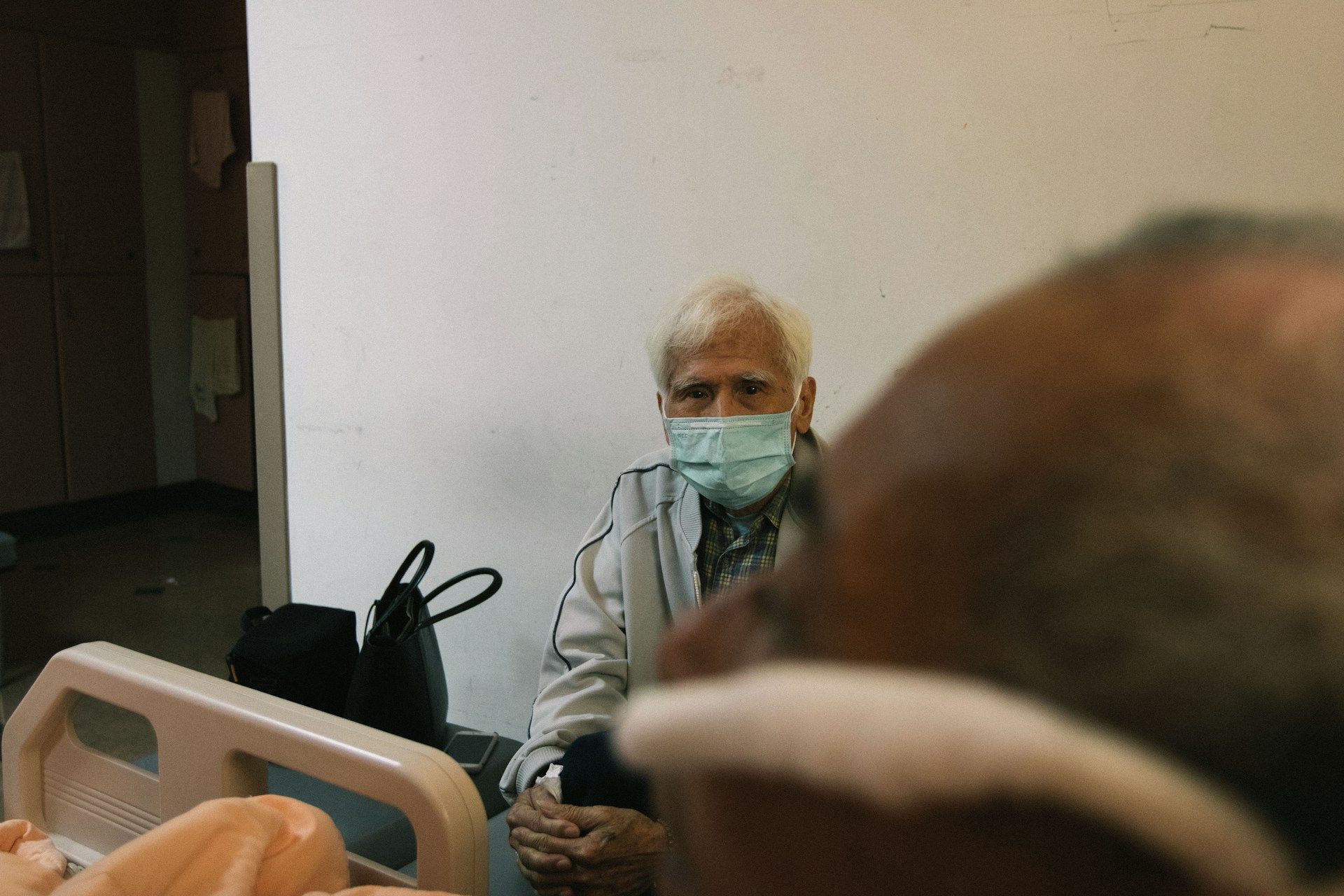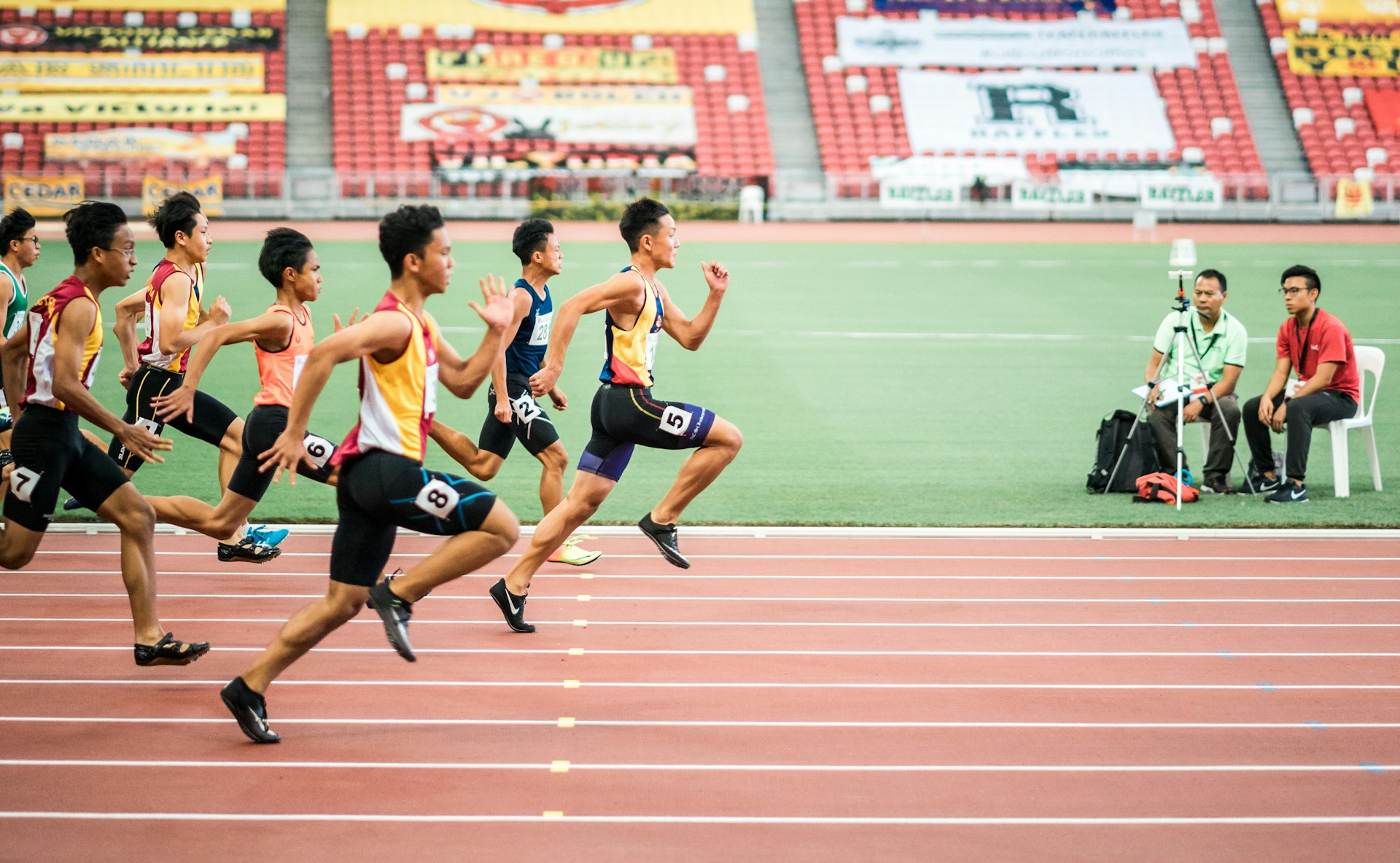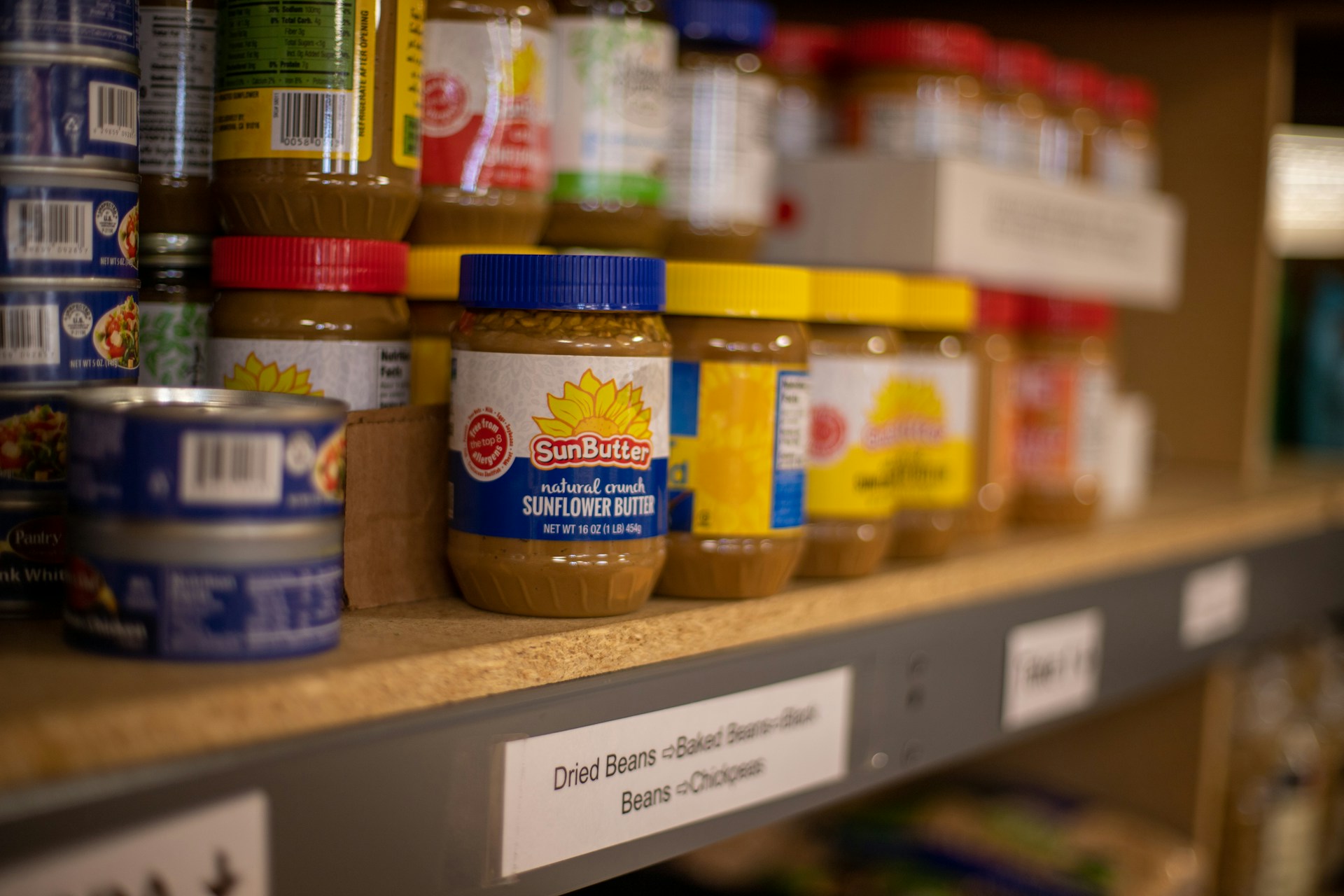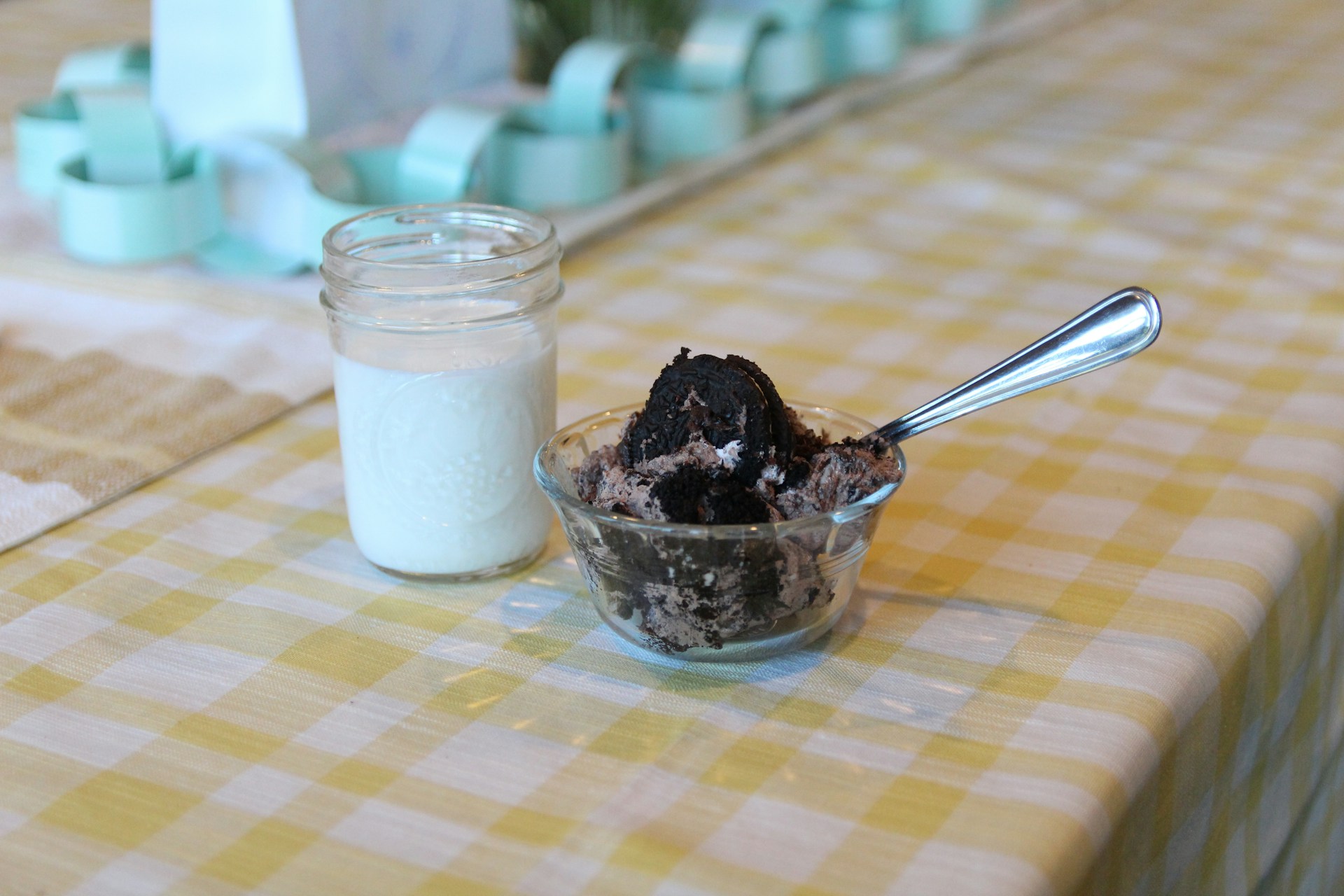Diet Quality Profile among Urban Elderly in Jakarta during COVID-19 Pandemic in Indonesia
Downloads
Background: Insulin resistance is a condition in which insulin cannot take up glucose, increasing blood glucose. Elderly people are more exposed to insulin resistance, requiring dietary interventions that extend longevity. Trehalose, a naturally occurring sugar, showed potentially reduce insulin resistance which can be measured using the HOMA-IR (Homeostatis Model Assessment-Insulin Resistance) index.
Objectives: This study aimed to assess HOMA-IR levels as a parameter of insulin resistance in old rats after giving trehalose sugar.
Methods: Experimental research with 28 male Wistar rats (Rattus novergicus) was separated into 4 groups, the control group of young rats (Group A), the control group of old rats (Group B), a group of old rats that were given 2% Trehalose solution (Group C), and a group of old rats that given 2% sucrose solution (Group D) that observed for 8 weeks.
Results: The results showed differences in HOMA-IR levels (p<0.001) between old and young subjects. The intervention in Group C was optimal in reducing levels of HOMA-IR (p<0.001) by 18.2% compared with the old control, while Group D increased levels of HOMA-IR by 14.3% (p<0.001) compared with the old control. The age of the subjects with HOMA-IR level is positively correlated (p<0.001; r=0.721) and the weight of subjects with the HOMA-IR level is also positively correlated (p<0.001; r=0.698), indicating that the older and the greater weight of subject resulting in the bigger of HOMA-IR value.
Conclusion: Trehalose is effective in reducing HOMA-IR levels as a parameter of insulin resistance in old rats.
Satgas Penanganan COVID-19. Peta sebaran COVID-19. Satgas Penanganan COVID-19 https://covid19.go.id/peta-sebaran (2020). (Accessed: 13th October 2020)
Butler, M. J. & Barrientos, R. M. The impact of nutrition on COVID-19 susceptibility and long-term consequences. Brain. Behav. Immun. 87, 53–54 (2020).
BPJS Kesehatan. Laporan pengelolaan program dan laporan keuangan tahun 2018. (2018).
Khakpouri, S. et al. The relationship between the healthy eating index and an alternate healthy eating index with the risk factors for cardiovascular disease in a population from northeastern Iran. Transl. Metab. Syndr. Res. 2, 1–6 (2019).
Wright, R. S. et al. Diet quality and cognitive function in an urban sample: Findings from the Healthy Aging in Neighborhoods of Diversity across the Life Span (HANDLS) study. Public Health Nutr. 20, 92–101 (2017).
Stefani, S. et al. Dietary quality of predominantly traditional diets is associated with blood glucose profiles, but not with total fecal Bifidobacterium in Indonesian women. PLoS One 13, 1–18 (2018).
Teo, K. et al. Prevalence of a healthy lifestyle among individuals with cardiovascular disease in high-, middle- and low-income countries: The prospective urban rural epidemiology (PURE) study. JAMA - J. Am. Med. Assoc. 309, 1613–1621 (2013).
Astika, T. & Permatasari, E. Balance diet practices related to nutritional status. in Proceedings of The 2nd International Multidisciplinary Conference 757–763 (2016).
Khubchandani, J., Kandiah, J. & Saiki, D. The COVID-19 pandemic, stress, and eating practices in the United States. Eur. J. Investig. Heal. Psychol. Educ. 10, 950–956 (2020).
Gornicka, M., Drywien, M. E., Zielinska, M. A. & Hamulka, J. Dietary and lifestyle changes during COVID-19 and the subsequent lockdowns among Polish adults : PLifeCOVID-19 study. Nutrients 12, 1–20 (2020).
Scarmozzino, F. & Visioli, F. Covid-19 and the subsequent lockdown modified dietary habits of almost half the population in an Italian sample. Foods 9, (2020).
Krebs-Smith, S. M. et al. Update of the healthy eating index: HEI-2015. J. Acad. Nutr. Diet. 118, 1591–1602 (2018).
World Health Organization. NCDs country profiles 2018 WHO. (2018).
Orimo, H. et al. Reviewing the definition of ‘elderly'. Geriatr. Gerontol. Int. 6, 149–158 (2006).
Pemerintah Provinsi DKI Jakarta. Peraturan Gubernur Daerah Khusus Ibukota Jakarta tentang Upah Minimum Sektoral Provinsi Tahun 2020. (2020).
World Health Organization. Global Adult Tobacco Survey Collaborative Group. Tobacco Questions for Surveys: A Subset of Key Questions from the Global Adult Tobacco Survey (GATS) 2 nd Edition. (2011).
Nestle Nutrition Insititute. Nutrition screening as easy as MNA: A guide to completing the MNA-SF. Nestle Nutrition Insititute (2009).
Setiati, S. et al. Profile of food and nutrient intake among Indonesian elderly population and factors associated with energy intake: a multi-centre study. Acta Med. Indones. 45, 265–274 (2013).
Gezer, C., Yurt, M., Harmancio, B. & Elmas, C. The relationship between malnutrition, diet quality and health-related quality of life among the elderly: a cross-sectional study. Prog. Nutr. 22, 1–9 (2020).
Katsas, K. et al. Malnutrition in older adults: Correlations with social, diet-related, and neuropsychological factors. Nutrition 71, 110640 (2020).
Kementerian Kesehatan RI. Hasil Utama Riset Kesehatan Dasar (RISKESDAS). Riset Kesehatan Dasar 2018 (2018).
Di Renzo, L. et al. Eating habits and lifestyle changes during COVID-19 lockdown: An Italian survey. J. Transl. Med. 18, 1–15 (2020).
Nohan, A. F., Adznam, S. N. A., Jamaluddin, R. & Norazman, C. W. Diet quality and its associated factors among community dwelling older adults in urban district in Kuala Lumpur, Malaysia. Malaysian J. Med. Heal. Sci. 16, 153–162 (2020).
De Assumpçí£o, D., Domene, S. M. Á., Fisberg, R. M., Canesqui, A. M. & Barros, M. B. D. A. Differences between men and women in the quality of their diet: A study conducted on a population in Campinas, Sí£o Paulo, Brazil. Cienc. e Saude Coletiva 22, 347–358 (2017).
Pinto de Souza Fernandes, D., Duarte, M. S. L., Pessoa, M. C., Franceschini, S. do C. C. & Ribeiro, A. Q. Evaluation of diet quality of the elderly and associated factors. Arch. Gerontol. Geriatr. 72, 174–180 (2017).
Nurhayati. Recommended alternative daily intake of fruits and vegetables for Indonesian elderly. Heal. Sci. Indones. 30–34 (2014).
Purba, M. et al. Food intake and eating patterns of Indonesian elderly before the 1998 economic crisis. Asia Pac. J. Clin. Nutr. 8, 200–206 (1999).
Wolfe, R. R. The role of dietary protein in optimizing muscle mass, function and health outcomes in older individuals. Br. J. Nutr. 108, 88–93 (2012).
Daly, J. M., Reynolds, J., Sigal, R. K., Shou, J. & Liberman, M. D. Effect of dietary protein and amino acids on immune function. Crit. Care Med. 18, S86-93 (1990).
Copyright (c) 2022 Amerta Nutrition

This work is licensed under a Creative Commons Attribution-ShareAlike 4.0 International License.
AMERTA NUTR by Unair is licensed under a Creative Commons Attribution-ShareAlike 4.0 International License.
1. The journal allows the author to hold the copyright of the article without restrictions.
2. The journal allows the author(s) to retain publishing rights without restrictions
3. The legal formal aspect of journal publication accessibility refers to Creative Commons Attribution Share-Alike (CC BY-SA).
4. The Creative Commons Attribution Share-Alike (CC BY-SA) license allows re-distribution and re-use of a licensed work on the conditions that the creator is appropriately credited and that any derivative work is made available under "the same, similar or a compatible license”. Other than the conditions mentioned above, the editorial board is not responsible for copyright violation.








